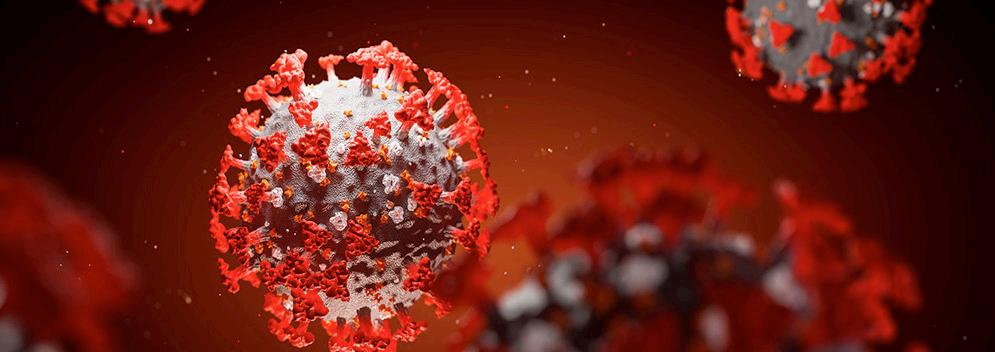INTERNATIONAL
After 60 Years, Jet A Changing to Low Sulfur by Barry Martin Tennessee Aircraft Company
Microbial growth on turboprop fuel nozzle orifices.
A 26 | agairupdate.com
Last year, I co-wrote an article in AgAir Update (April 2019) about the changes coming to Jet A where only Ultra Low Sulfur Jet A (15ppm max) would be available by July 2021. Since then, we were told at the last NBAA that one percent Sustainable Aviation Fuel (SAF or bio) was now being blended into the fuel being delivered with plans that it would be increased to 10%. Now, we know this change to Ultra Low Sulfur Jet A is going to happen and there are a couple of things that a responsible operator needs to address. One of them is the fuel lubricity we talked about in the first article, which is why they are adding the biofuel to increase the lubricity. We anticipate that the target fuel lubricity value that the fuel suppliers should be supplying will be in the range of 0.85mm, but an acceptable value with respect to a “ball-on cylinder lubricity evaluator” average wear scar diameter on some older engines should be in the range of 0.20 to 0.65 mm (defined per ASTM Report D5001-90a). So, you should consult your engine’s manufacturer as to what level of lubricity your engine needs. At Tennessee Aircraft, we are starting to see more problems with entrained water and microbial
contamination, which are issues that are inherent to jet fuel. We actually had a set of nozzles come in this past month where all the primaries and all the secondary orifices were having some restricted flow or no flow at all. If water is allowed to remain in the fuel, it will culture microorganisms, or bacteria, that feed on the hydrocarbons in the fuel, thereby degrading the fuel quality. These organisms are the next topic of contamination; microbial growth. These microbes use the fuel as foodstuff, can propagate rapidly (doubling every 20 minutes) and produce a sludge-like substance by-product. The elimination of water from the fuel system is one way to control microbial growth. The FAA did issue Advisory Circular Number 20-125 over 30 years ago to alert the aviation community to the potential hazards of water in aviation fuels. The circular is just as relevant today as it was when originally released. Water occurs in aviation fuel in two forms: dissolved and free. With the severe hydro processing used for desulfurization and the addition of biofuels, the moisture content of low sulfur Jet A is increasing. However, the water concentrations of delivered fuel should not ➤












